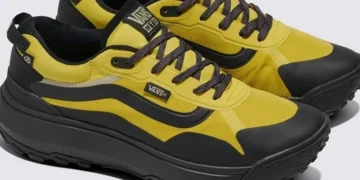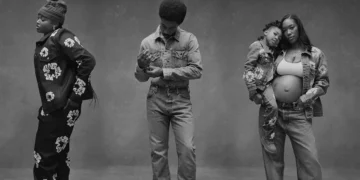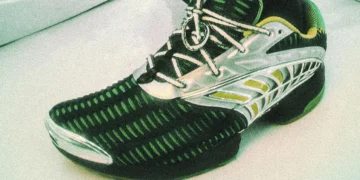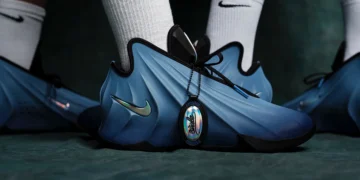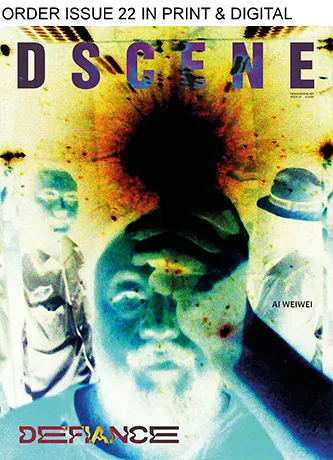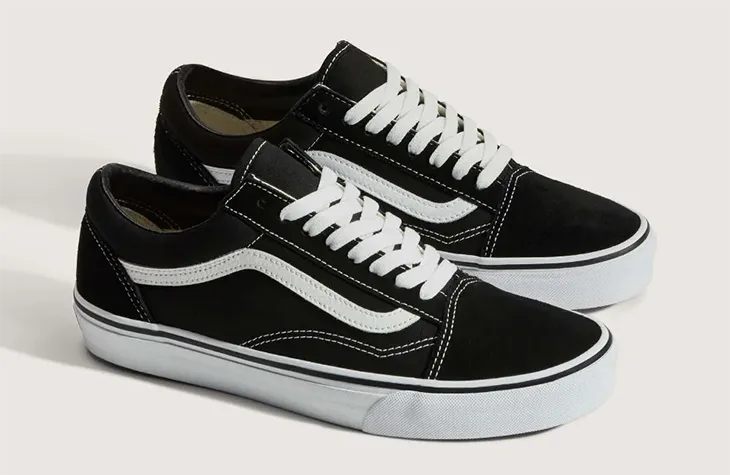
Few brands have walked the line between subculture and mainstream as effortlessly as Vans. What started as a humble California skate shoe company has evolved into a global symbol of individuality, rebellion, and creative freedom.
From sun-bleached skate parks in the 1970s to glossy runway collaborations in Paris, Vans has mastered the art of staying authentic while constantly reinventing its place in the world of style. Its legacy is proof that sometimes the coolest trends aren’t created in studios, they’re carved into the concrete of a half-pipe.
1. The Birth of a Subculture
The story begins in Anaheim, California, in 1966. Brothers Paul and Jim Van Doren opened a small shoe factory where customers could buy custom-made canvas deck shoes right off the shelf. They were simple, sturdy, and built for grip, the kind of no-nonsense footwear that fit perfectly with the DIY ethos of California skate culture.
Skaters quickly took notice. The waffle sole, designed for traction, turned out to be perfect for keeping feet glued to wooden decks. Before long, Vans became an unofficial uniform for the emerging skate scene, affordable, durable, and stylish in an effortless, anti-establishment way.
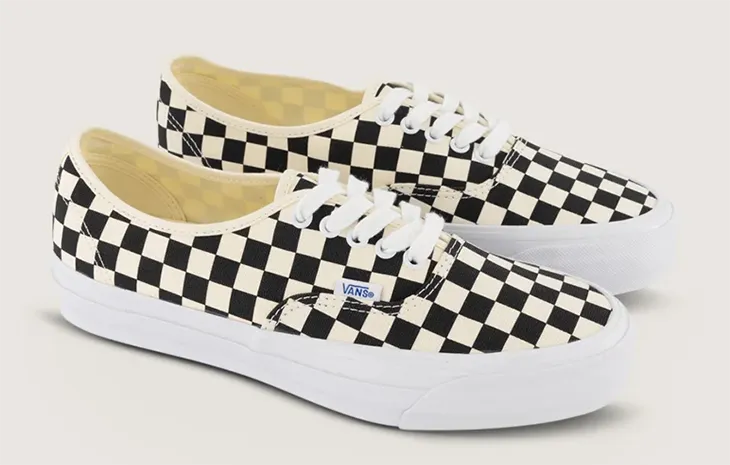
2. From Skateboard to Streetwear
By the 1980s, skateboarding had exploded beyond the parks and pools of Southern California. It was no longer just a hobby, it was a movement. And with that came a distinct aesthetic: scruffy, confident, and irreverently cool.
Vans was at the heart of it. The checkerboard slip-on became a cultural icon when it appeared on Sean Penn in Fast Times at Ridgemont High. Suddenly, everyone wanted that black-and-white print, not just skaters, but musicians, punks, and suburban teens looking for a bit of rebellion.
As skateboarding spread, so did Vans. The brand became shorthand for authenticity, a badge that said: “I don’t care about trends, I care about comfort, creativity, and community.” Ironically, that attitude became the trend.
3. The 1990s: Counterculture Meets Mainstream
The ‘90s saw streetwear rise as a global force. Hip-hop, grunge, and skate culture collided to form a new visual language, one that celebrated the raw, the real, and the effortlessly cool. Vans was perfectly positioned to ride that wave.
Collaborations with artists and musicians helped the brand cross from skate shops into the wider world of fashion. The Old Skool, Authentic, and Era silhouettes became more than functional footwear, they were lifestyle markers. You didn’t have to skate to wear Vans; you just had to get the vibe.
Fashion houses took note. The minimalism of Vans shoes, clean lines, unfussy silhouettes, fit seamlessly into editorial styling. Soon, they were appearing in photo shoots and on celebrities who had never stepped on a board.
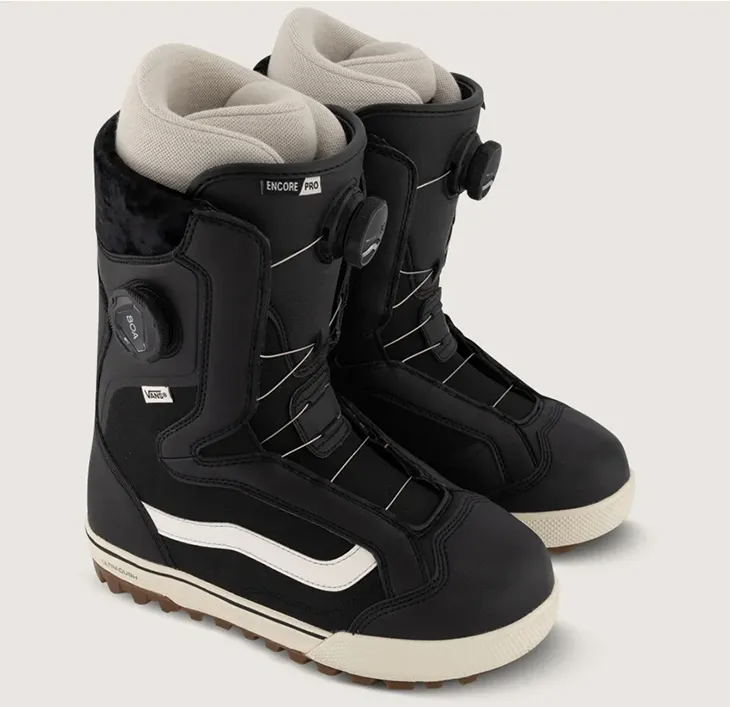
4. The Modern Era: Vans as a Global Fashion Player
Fast forward to today, and Vans sits at an intersection few brands ever reach. It’s both nostalgic and current, casual and couture. You’ll find it in skate shops and in luxury boutiques, on musicians’ tour buses and on runways in Milan.
Vans’ success lies in its ability to adapt without losing its DNA. The company has expanded its lineup far beyond skate shoes, embracing weatherproof materials, sustainable design, and fashion-forward collaborations with everyone from designers like Karl Lagerfeld to streetwear giants like Supreme.
This evolution is most visible in collections like Vans MTE boots – an innovation that reimagines the classic Vans silhouette for all-weather wear. The MTE boots take everything that made Vans famous – the comfort, the durability, the attitude, and give it a functional twist. With rugged soles, heat-retention layers, and water-resistant uppers, Vans MTE boots aren’t just for the skate park; they’re built for the elements.
They’ve become the go-to for anyone who loves the Vans aesthetic but needs something more resilient for everyday life. They carry that same offbeat, rebellious charm, just dressed for colder days and wetter streets.
5. The Fashion World Takes Notice
In recent years, fashion’s obsession with authenticity has pushed brands like Vans back into the spotlight. High-end labels have borrowed heavily from streetwear, but Vans never had to pivot, it was already there.
The brand’s collaborations now range from avant-garde art collectives to retro capsule collections, yet the core aesthetic remains rooted in that California simplicity. A pair of Vans still says, “I’m comfortable enough to be myself.”
Stylists often use Vans as the grounding element in high-fashion looks, pairing them with tailored trousers, satin skirts, or even eveningwear. It’s the ultimate equalizer: a shoe that strips away pretension and injects a dose of personality.
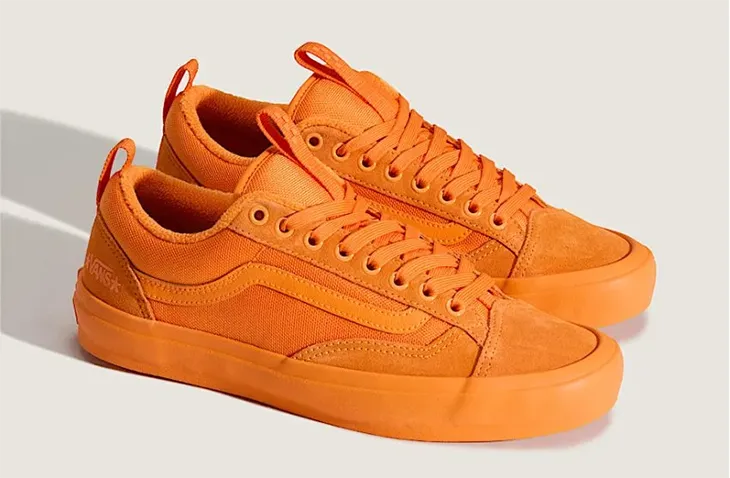
6. Why Vans Still Matters
What makes Vans remarkable isn’t just its longevity, but its consistency. Through every fashion cycle, it has remained committed to authenticity, not chasing trends, but inspiring them.
There’s a democratic spirit to Vans shoes that continues to resonate. They’re worn by skaters, artists, parents, and teenagers alike. They’re as comfortable on a skateboard as they are on a city street, as relevant in 2025 as they were in 1975.
Vans has evolved, yes, but it’s also managed to preserve the thing that made it special from the start: a sense of rebellion wrapped in simplicity.
7. From Pavement to Pavement: The Legacy of Vans
The beauty of Vans is that they’ve never stopped being real. In a fashion world that often reinvents itself to exhaustion, Vans remains refreshingly grounded, literally.
From the timeless slip-ons to the weatherproof Vans MTE boots, the brand continues to walk the line between fashion and function with the same confidence it started with in that small Anaheim shop. It’s not chasing luxury; it’s redefining it, one scuffed sole at a time.
Vans doesn’t need to tell stories about heritage; it is the heritage. A pair of Vans carries decades of youth culture, creativity, and unapologetic individuality, proof that true style doesn’t need a reinvention every season. It just needs a good sole and an even better attitude.
